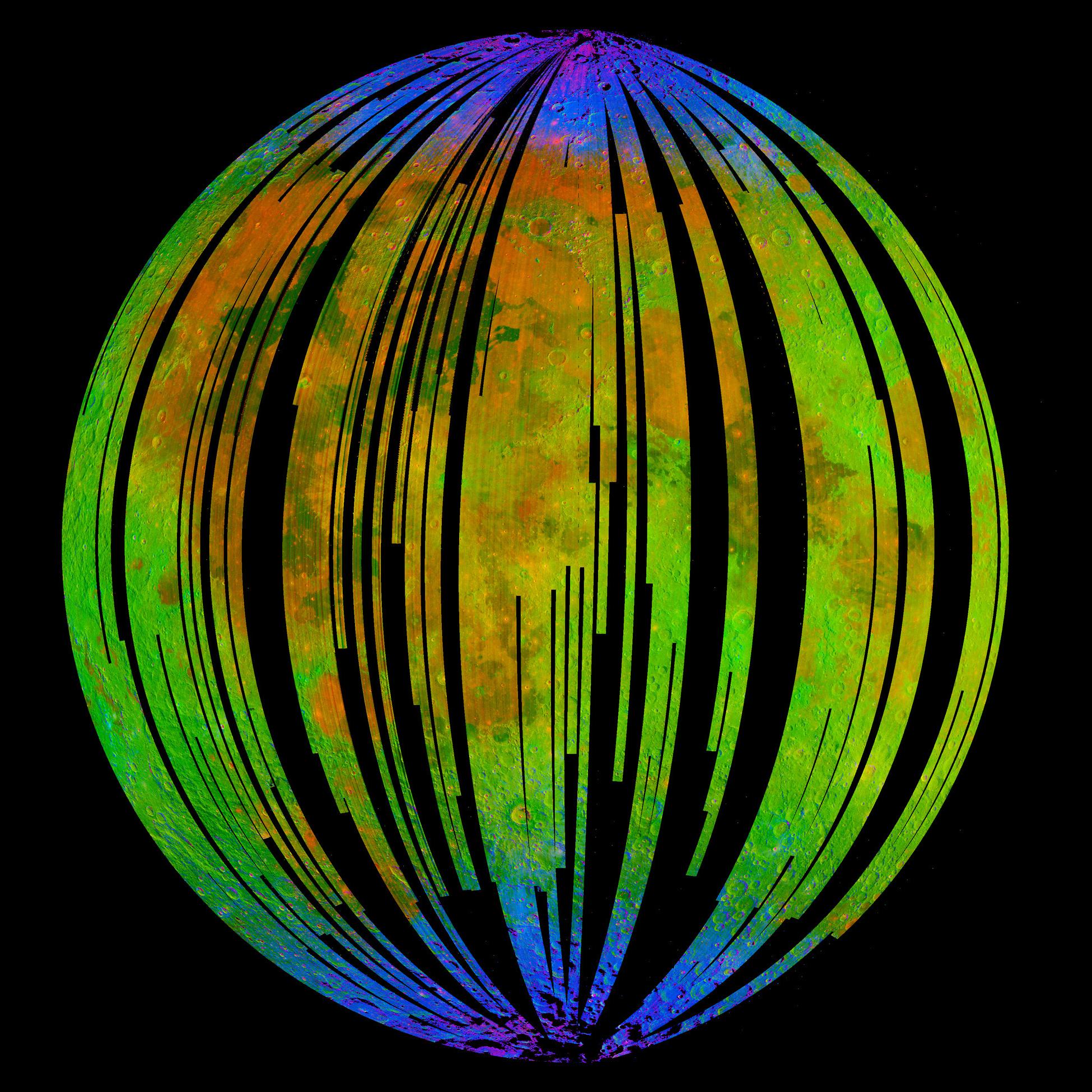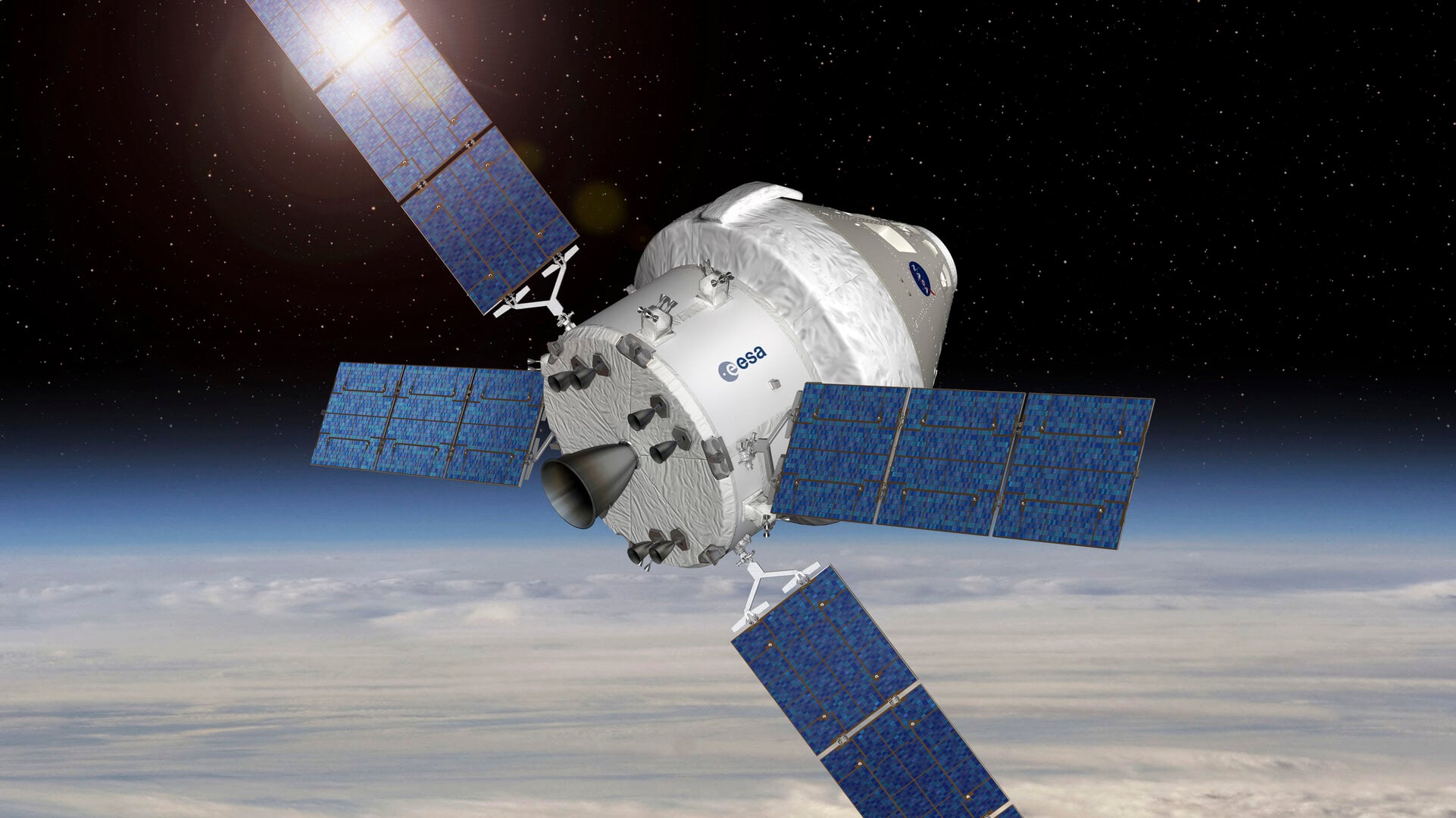In the coming years, NASA will send astronauts to the Moon for the first time since the end of the Apollo Era. These missions will lead to the creation of permanent infrastructure that will allow for regular trips to the lunar surface. An important aspect of this long-term plan is to develop components that can be reused as much as possible. This includes the Orion spacecraft that will transport the astronauts to lunar orbit (and back), the Lunar Gateway that will accommodate crews and a reusable lander to travel to and from the surface.
Unfortunately, the main launch vehicle for the Artemis Program, the Space Launch System(SLS), is an expendable system. While the Orion crew capsule is reusable, the European Service Modules(ESM) - an integral part of the Orion spacecraft that returns the crew to Earth - is not. In a recent paper, an international team of scientists identified how the ESM could be reused. Rather than letting them burn up in Earth's atmosphere, as planned, they recommend that the ESMs use their power and propulsion capability to conduct valuable scientific research.
The study was led by Carol Raymond, a researcher at NASA's Jet Propulsion Laboratory, the principal investigator of theEuropa ClipperICEMAG instrument team, and the deputy principal investigator of theDawnmission. She was joined by multiple colleagues from JPL, the Washington University in St. Louis, the German Aerospace Center (DLR), the Max Planck Institute for Solar System Research, Airbus Defence and Space, the Leibniz-Institute of Evolution and Biodiversity Science (MfN), and the Southwest Research Institute (SwRI).
The ESM is a key element of the Orion spacecraft, providing power, propulsion, attitude control, thermal control, and payload support. The module is vital to NASA's Artemis Program, ensuring astronauts reach the Moon and return to Earth. After the separation of the Crew Module, the current plan is to allow the ESMs to burn up in Earth's atmosphere. As the authors indicate, this would be a waste since the ESM still has capabilities long after it has fulfilled its primary mission.
By leveraging these capabilities, the authors argue that the ESMs could provide low-cost opportunities for lucrative scientific research and multiple mission profiles. While the current designs for the ESM do not include scientific instruments, the mass capabilities allow for scientific payloads. Their work builds on a previous scientific workshop hosted by JPL in the summer of 2024, where US and European participants met to discuss the benefits of extended missions using repurposed ESMs after they complete their primary mission.
The concepts they considered were based on three categories: 1) no augmentation of the ESM, 2) minimal augmentation, and 3) low-to-moderate augmentation. Possible mission architectures were also considered, leading to a list of over thirty concepts.
Local Missions
The authors indicate that a minimally augmented ESM could accommodate up to 300 kg (660 lbs) of scientific instruments and be used to study near-Earth asteroids (NEAs) and the Moon. Regarding NEAs, these spacecraft could serve as observer missions, conduct flybys, and rendezvous with asteroids. This could potentially enable the study of unexplored classes of NEAs that could contain water and metals.
Another concept they suggest is using the ESM as a large kinetic impactor to the Moon and NEAs. Regarding the former, an ESM could be directed toward one of the Moon's Permanent Shadowed Regions (PSRs). Similar to the Chandrayaan -1 Moon Impact Probe(MIP) and the Lunar Crater Observation and Sensing Satellite(LCROSS), which revealed the presence of water ice on the Moon, this mission would excavate subsurface material and create a plume of material that could be observed by other spacecraft (possibly another ESM).
 It could also be used to evaluate NEAs that could impact Earth someday, known as potentially hazardous objects (PHOs). It could also deflect PHOs, similar to the Double Asteroid Redirection Test(DART) mission. With a dry mass seven times larger than the DART mission, a repurposed ESM could deflect much larger bodies that periodically cross Earth's orbit.
It could also be used to evaluate NEAs that could impact Earth someday, known as potentially hazardous objects (PHOs). It could also deflect PHOs, similar to the Double Asteroid Redirection Test(DART) mission. With a dry mass seven times larger than the DART mission, a repurposed ESM could deflect much larger bodies that periodically cross Earth's orbit.
Long-Range Missions
Other mission profiles include the exploration of Mars' moons, Phobos and Deimos. In this case, repurposed ESMs could conduct flybys or even land on these moons, providing the first sample analyses to learn more about their composition and place of origin. This has the potential to confirm theories that Phobos and Deimos are bodies that were kicked out of the Main Belt and were eventually captured by Mars' gravity.
Another possibility is to send a repurposed mission to Venus, consistent with recent recommendations from the Venus Exploration Analysis Group(VExAG). They propose sending a long-term communications asset to Venus to replicate the success of the Mars Relay Network. According to the authors, an ESM could be equipped with radio software and placed into a high-altitude orbit around Venus, supporting future orbiters and surface missions.
The authors stress that the main priority for each ESM mission is to accomplish its primary mission objectives for the Artemis program. However, the scientific benefits of repurposed ESMs are worthy of consideration, and the team hopes that their paper will stimulate discussion and inform future planning.
Further Reading:URSA
 Universe Today
Universe Today
